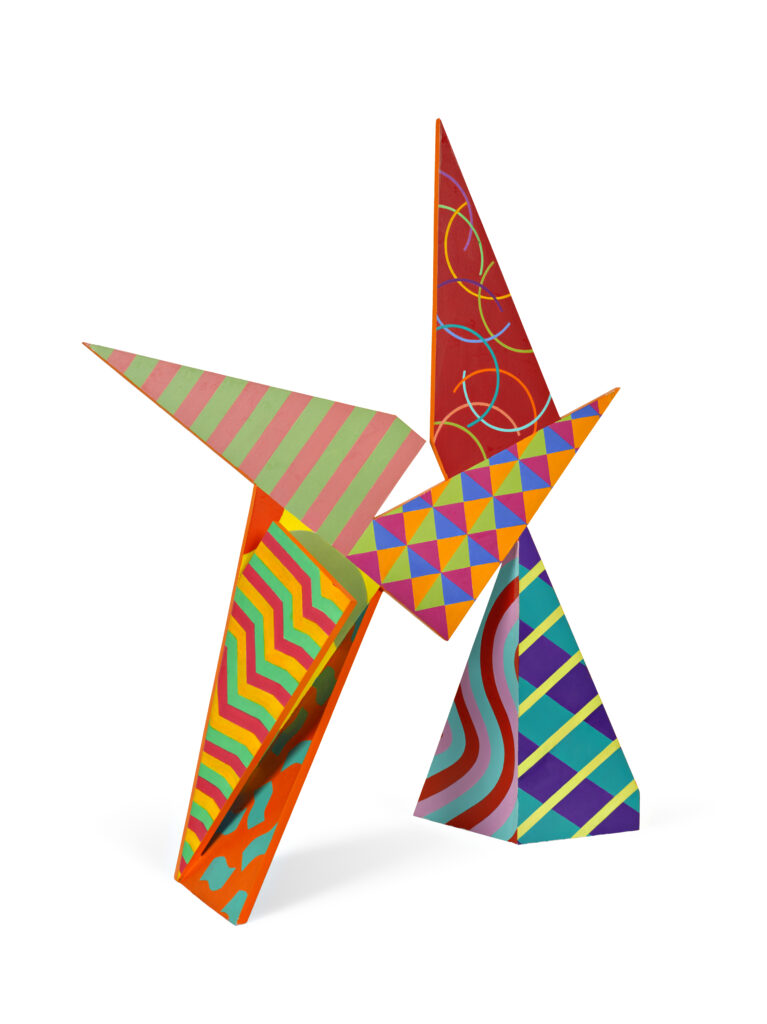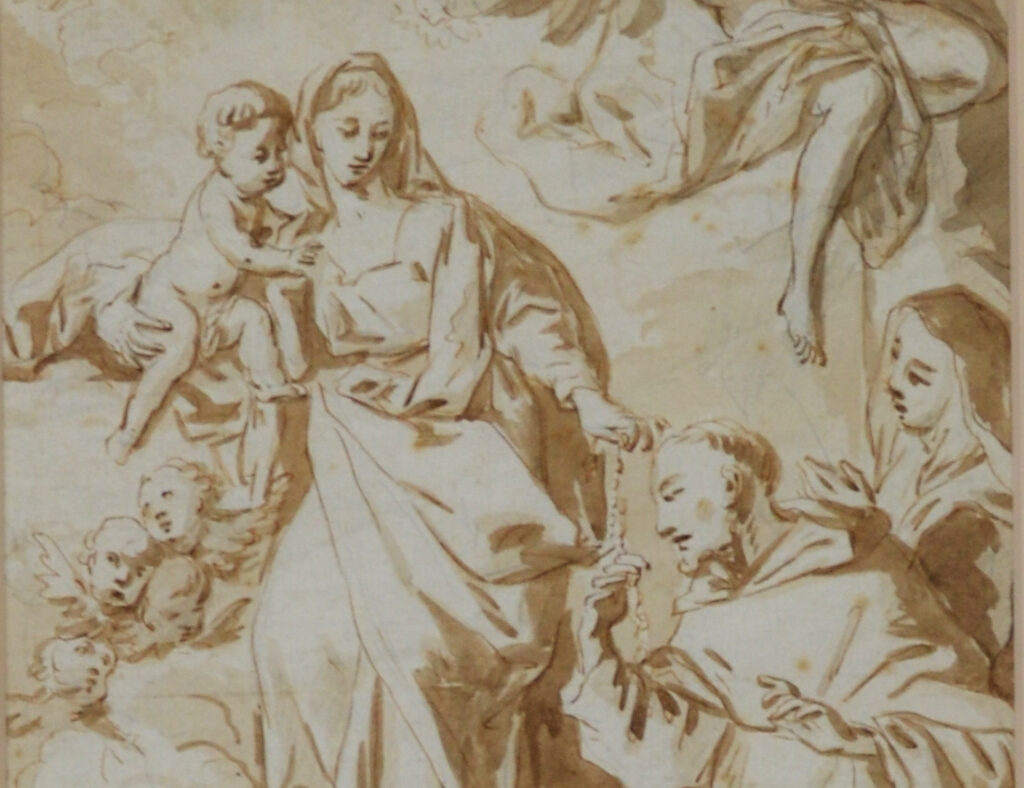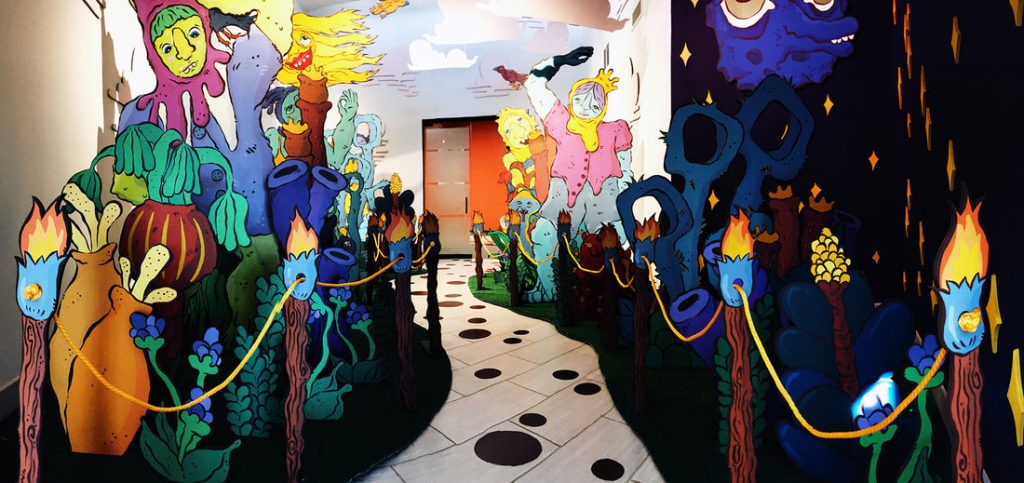In a career spanning almost 40 years, artist Gloria Garfinkel has been inspired by her travels, her interest in the science and math, and her conviction that anything is possible. That will be evident in Origami Variations, an exhibition of Garfinkel’s paintings, prints, and maquettes for large-scale sculptures in the Albany Museum of Art’s Haley Gallery Oct 17, 2019-Feb 8, 2020.
With a curiosity described as unquenchable and constant invention, the creation of each piece of art is a new experience for the New York-based artist. “I don’t think I’ve ever painted anything that wasn’t new for me,” Garfinkel says. “Having a vision, and having it come out well, and the excitement of doing it, that’s what I’m all about.”
An enthusiastic traveler, she first visited Japan in the early 1970s. Her three visits have left an indelible influence on her work. Captivated by the range of Japanese culture, she also has devoted close study to individual works, in particular 19th century Japanese printmaker Hiroshige.
“In 1980, I became, after a trip to Japan, very enchanted with the iconography of that country,” Garfinkel said. “The kimono, in particular, was the principal area of my interest. It was in that year I started to do large color etchings and used the kimono fabric motifs as the inspiration in the imagery.”
Garfinkel has made prints since 1980, first as a student of celebrated printmaker Mohammed Khalil at the New School in Manhattan, and soon thereafter as his collaborator. She uses whatever medium suits her particular needs, and is willing to combine them, cut and collage them, and add details by hand.
She made the Kimono Hanabi prints (1992) included in the exhibition by printing a number of multicolored etchings, cutting them into sections and combining and reassembling them. The Can Cri prints (2002) employ the same cut-and-paste technique with woodcuts, and are notable for having hardly any straight edges in the entire series.
There are no simple rectangular paintings in Origami Variations. Kiku 8 (1997) features one elaborately shaped and pierced canvas layered over another. The Secrets series (2004) comprises abstract paintings fitted with doors. The Good & Evil series (2006) takes that innovation further, with a specially published book of text and photographs hidden behind the picture surface.
Yet more provocative are Garfinkel’s paintings in motorcycle paint on aluminum. The Flip series and pieces like Double Discs and One Circle in Rectangle (all 2008) feature hinged or rotating sections.
Garfinkel has exhibited internationally for more than 30 years, with solo exhibitions at Paul Sharpe Contemporary Art, Associated American Artists, and Bodely Gallery, all in New York; Yellow Bird Gallery, Newburgh, N.Y.; The International Museum of Art & Science, McAllen, Texas; Ulrich Museum, Wichita, Kansas; Artestudio Sumithra, Ravenna, Italy, and Emerson Gallery Museum, Hamilton College, Clinton, N.Y. Her work is the permanent collections of the Albright Knox Museum of Art, Buffalo, N.Y.; Citicorp, New York; IBM, New York, and the Exxon Corporation, Stamford, Conn.



